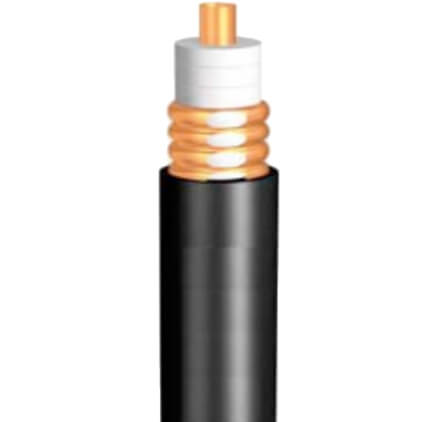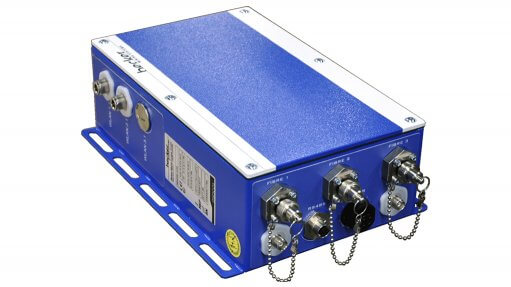What is the Best Coax Cable to Use for VHF and UHF

Selecting a suitable coaxial cable is crucial for optimizing the performance and range of your VHF and UHF antenna system. With various options available, it can be challenging to determine the best cable for your specific needs. In this article, we will explore the best type of coax cables and their ideal applications for VHF and UHF antenna systems, focusing on Becker Mining USA products.
Factors Affecting Signal Loss
The signal loss in coaxial feedline cables depends on three primary factors:
- The construction of the cable
- The frequency of the signal
- The length of the feedline
Balancing these variables is essential to achieve optimal signal output from your antenna system. For example, RG-58 is a widely available cable. Still, its high loss factor at VHF and UHF frequencies makes it suitable only for shorter runs, such as those under 50 feet for frequencies above 100 MHz and 20 feet for frequencies above 400 MHz.

GET IN TOUCH
In a hurry? Call us at +1-724-515-4993
Choosing the Right Cable for Your Needs
For VHF/UHF runs ranging from 50 to 75 feet, it is recommended to use a lower-loss cable such as RG-8U. This cable balances performance, cost, and ease of installation, making it popular among ham radio enthusiasts. You can find RG-8U cables at most ham radio stores or online retailers specializing in this field.
If you require cable runs longer than 100 feet or if you are installing a UHF antenna for 70cm amateur radio, public safety, or GMRS, low-loss cables like LMR-400 or Belden 9913 are advised. These cables feature a heavier center conductor and an additional shielding layer, ensuring minimal signal loss at high frequencies.
While RG-59 or RG-6 cables are commonly used for cable TV installations, they could be better for VHF/UHF antenna systems due to their 75 Ohm impedance. These cables can cause significant signal power loss when used with 50-ohm radio communication systems. Therefore, avoiding using them for VHF/UHF applications is best.
Understanding Feedline Loss and Calculating Total Gain or Loss
Feedline loss is measured in decibels (dB) per 100 feet. A 3 dB loss corresponds to a 50% reduction in power, while a 6 dB loss results in a 75% reduction. To calculate the total losses or gains, subtract the feedline loss and add any gains from the antenna. The net result will be your total gain or loss.
Invest in Quality for Improved Performance
When choosing the best coax cables for VHF and UHF, you may notice that the feedline costs can sometimes exceed the antenna costs. This is because the feedline quality significantly impacts your antenna system’s performance. Investing in a high-quality coaxial cable can dramatically improve the performance of even an average antenna. In contrast, the best antenna will still require an efficient feedline.

Make the Right Choice with Becker Mining USA
In conclusion, selecting the best coax cables for VHF and UHF antenna is crucial for achieving optimal performance and range. By considering factors such as cable construction, signal frequency, and feedline length, you can choose the best cable for your specific application. Remember, investing in a high-quality feedline is essential for ensuring the success of your antenna system. So, decide when selecting your coaxial cable, consider Becker Mining USA products for reliable and high-performance solutions.
Suppose you need guidance in purchasing coaxial cables or assistance with your coax cabling needs. In that case, our team of skilled manufacturers at Becker Mining USA is here to help. Contact us today to make the best.
Products That We Offer
- VHF Leaky Feeder System
- UHF Leaky Feeder System
- SMARTSENSE®FIXED MONITOR
- RNG-500VHF Leaky Feeder Cable
- UHF Low Loss Leaky Feeder Cable
- Kenwood NX-203/303 Radios
Take control of your mining communication systems today! With Becker Wholesale Mine Supply, the leading manufacturer in the USA. Contact us now and revolutionize your mining communication systems!